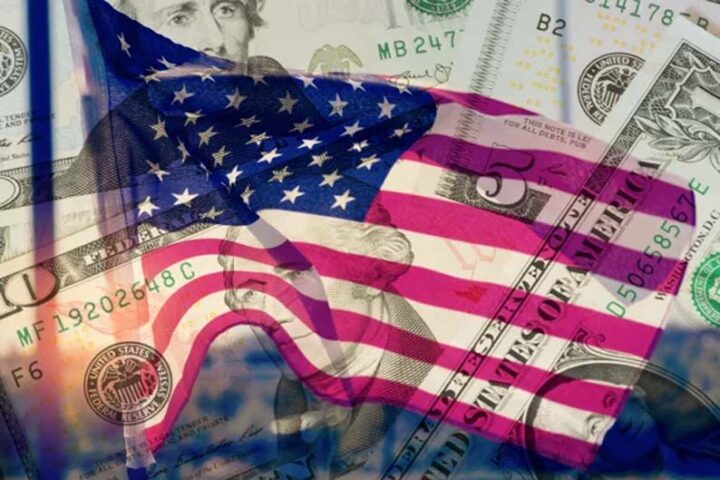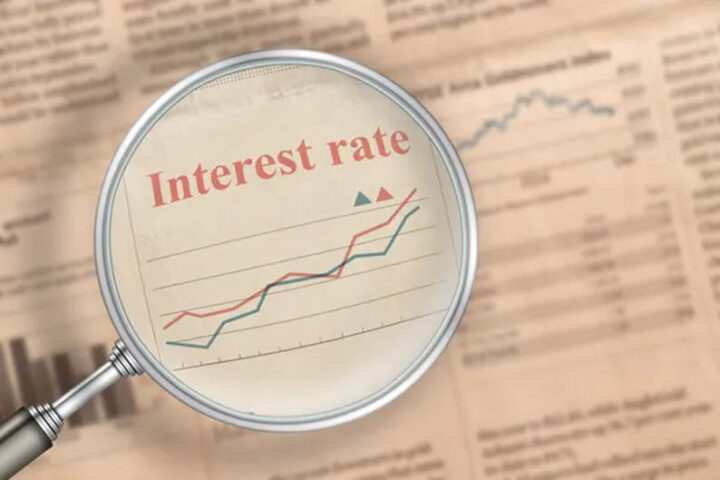By Jeffrey Halley
Equity markets were higher in Asia Thursday as US index futures rallied after Facebook-parent Meta posted minuscule growth in user numbers, along with robust financials.
The results came too late to save OTC trading on Wall Street from a sideways day, but post-close extended trading has allowed the FOMO gnomes, always on the lookout for any sliver of a reason to buy, to work their magic in Asia.
Nasdaq futures have rallied an impressive 1.25%, dragging S&P minis 0.70% higher.
In the evening, both Apple and Amazon release quarterly results and these are much bigger dogs than Meta. Supply change disruptions, material price inflation and a cloudy outlook on the economic growth front are just some of the potential headwinds for both.
Regardless of Q1 financials, the real gold will be in their forward outlooks. Depending on what they say, Thursday’s equity rally will either be real gold, or fool’s gold.
In the real world, China’s covid-zero concerns continue overhanging Asia, despite more promises of an infrastructure-spending feast from Chinese officials. Adjusted for inflation this year, the actual rise in spending on infrastructure, and thereby growth, isn’t so special on the Mainland.
The Russian ban on gas exports to Bulgaria and Poland sent natural gas prices surging in Europe again, and saw the Euro take another hammering. Oil prices held onto their initial gains from Tuesday, but didn’t add anything to them.
If Russia expands its natural gas bans, it won’t stay that way and there seems to be a great deal of complacency and Ukraine fatigue in the market outside of Europe.
Oil itself could be about to move lower though, as the Financial Times reported that some of Europe’s largest energy companies are preparing to pay for energy imports via rouble accounts opened at Gazprombank in Switzerland. If true, it will be a huge win for the Kremlin and pit EU politicians against European private companies.
Either way, it is unlikely to be supportive of the Euro.
Thursday’s inflation print above 5.0% in Australia has the market scrambling to pencil in a rate hike from the Reserve Bank of Australia at its meeting next week. AUD/USD rallied briefly, but has since given all of that back.
Thursday’s data releases in Asia have been a mixed bag.
South Korea Business Confidence in April remained robust at 87. That hasn’t helped the Korean Won though, with the Finance Minister in Seoul grumbling that the Won had fallen too fast. Expect more intervention from the Bank of Korea ahead.
BoJ policy unchanged
Japan’s Preliminary Industrial Production disappointed, rising just 0.30% in March. However, Retail Sales outperformed, rising by 0.90% in March YoY.
An easing of social distancing restrictions in Japan could account for the surprise.
The BOJ policy decision is the highlight of the Asian session unless we get a headline bomb from somewhere.
Remaining ultra-dovish, as evidenced by the BOJ standing in the market this week to buy unlimited amounts of 10-year JGBs to cap yields at 0.25%, the Bank of Japan left policy unchanged, and the USD/JPY has jumped 1.0% higher to 129.70.
Europe releases a swath of second-tier data on Thursday, but Eurozone economic, industrial and consumer sentiment indicators, along with German Inflation will be the focus.
The US releases Advance Q1 GDP Thursday evening. The headline QoQ number is expected to retreat dramatically to 1.10% from 6.90% previously.
That doesn’t tell the whole story, though, thanks to front-loaded inventory distortions. More important will be the consumer components.
PCR Advanced Prices data for Q1 has upside risk. A number substantially higher than the previous quarter’s 6.40% will have the Fed tightening noises going up another notch.
Having said that, I am sticking to my guns and saying that the Apple and Amazon results will set the tone for the New York session.
Oil slides on rouble buying
Oil markets were steady overnight as most of the news around the Russian gas ban on Poland and Bulgaria has been priced into the late New York session previously.
In Asia, oil prices were sliding, put down to a combination of two things: the start of mass testing around Beijing and the partial lockdown of the port city Qinhuangdao, and the FT article suggesting that major European energy companies will comply with Russia’s demands for payment in roubles.
Brent crude has fallen by 1.45% to $103.65 in Asia, with WTI falling 1.50% to $100.50 a barrel.
I have doubts whether Europe’s politicians will allow its private energy companies to capitulate to the Kremlin. That may bring forward more weaponising of gas supplies by Russia. In this case, any retreat in oil prices could be the eye of the hurricane.
Brent will probably remain in a choppy $100.00 to $120.00 range, with WTI in a $95.00 to $115.00 range.
Gold suffers from dollar strength
The storm clouds are darkening for gold as it wilts in the face of US Dollar strength, not helped by US yields also moving higher overnight. It seems that any risk-hedging buying is nowhere near enough to offset the selling pressure derived from US Dollar strength.
Gold tumbled by 1.05% to $1885.50 overnight, falling another 0.40% in Asia on Thursday to $1877.50 an ounce. Gold is now eroding support at $1880.00 and is in danger of taking out its 100-day moving average (DMA), just below $1875.00.
The risk is rising of another capitulation trade pushing gold sharply lower to its original triangle breakout at $1835.00 and then support at $1820.00.
Only a sudden reversal lower by the US Dollar is likely to lift the pressure on gold now. It faces layered resistance at $1880.00 intraday, followed by $1890.00, $1915.00, and $1940.00.
Jeffrey Halley is Senior Market Analyst, Asia Pacific at OANDA
Opinions are the author’s, not necessarily that of OANDA Global Corporation or any of its affiliates, subsidiaries, officers or directors. Leveraged trading is high risk and not suitable for all. Losses can exceed investments.








